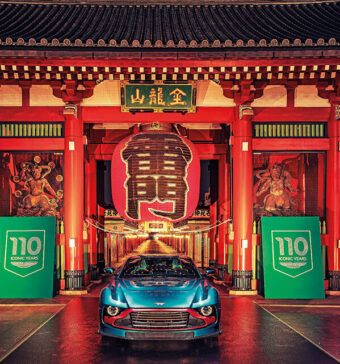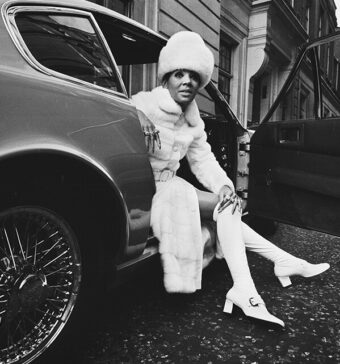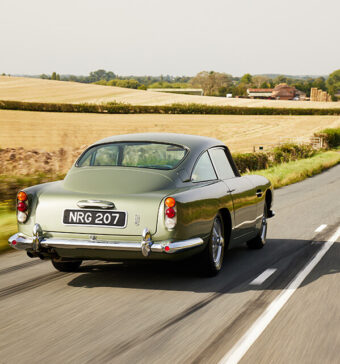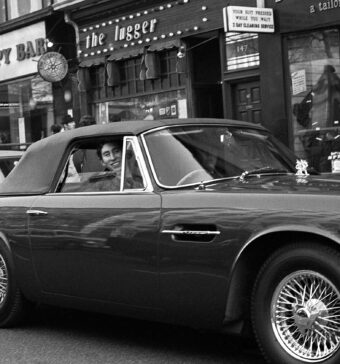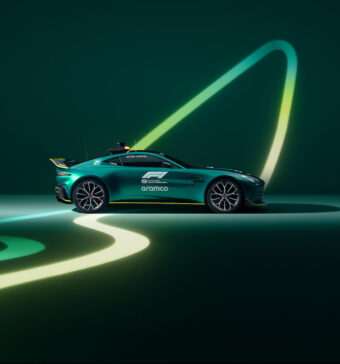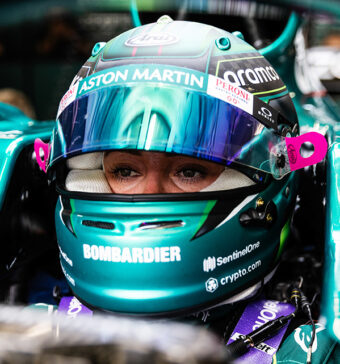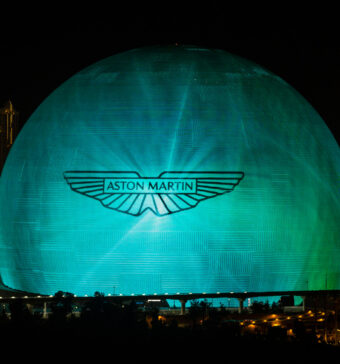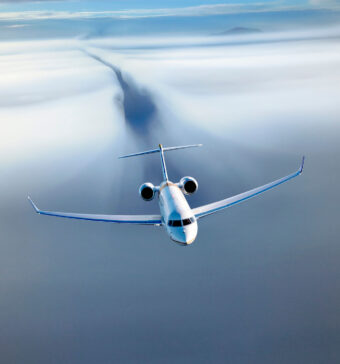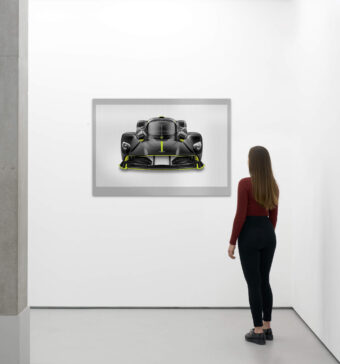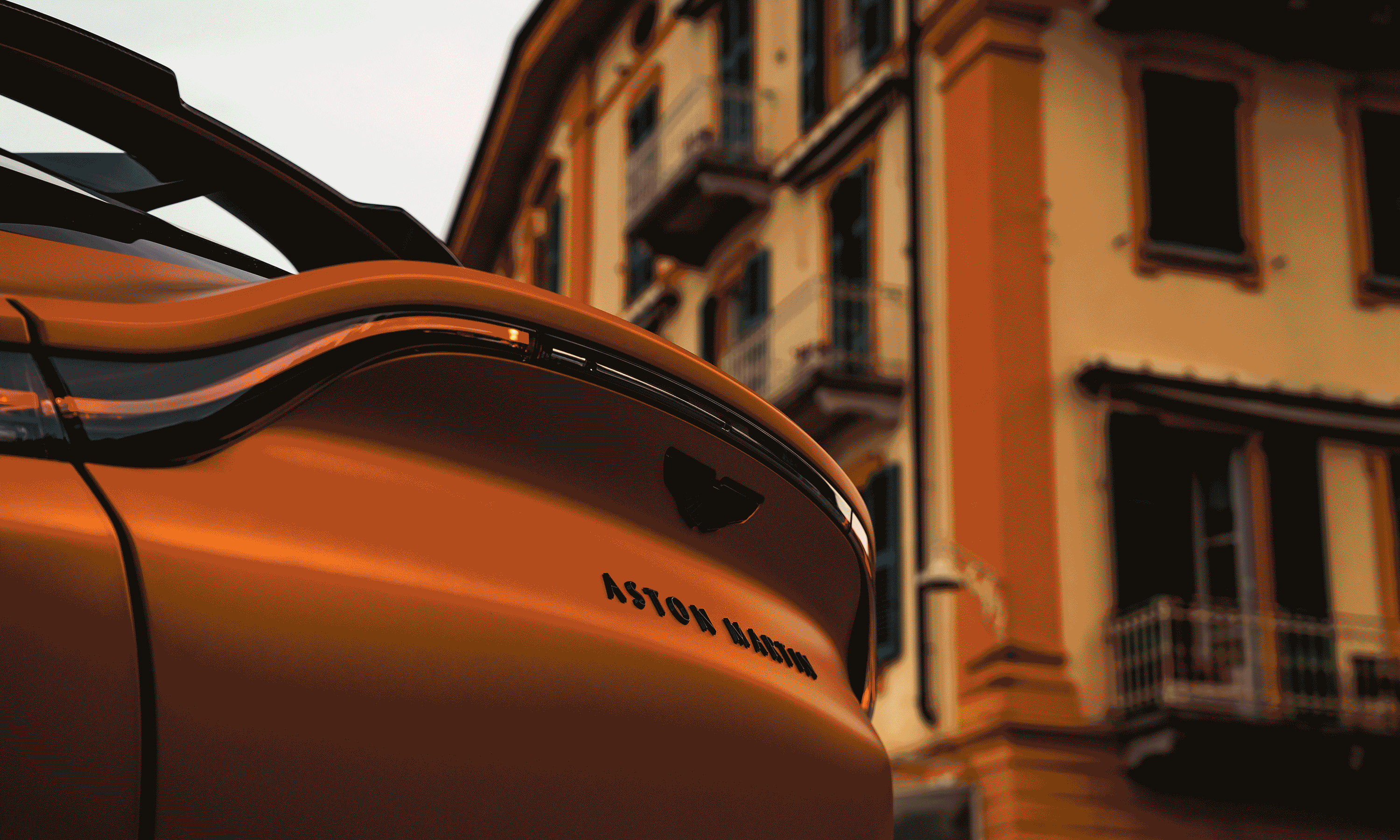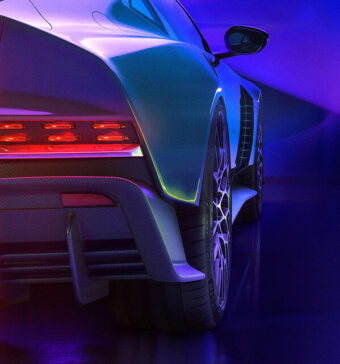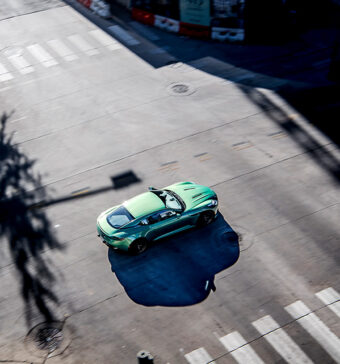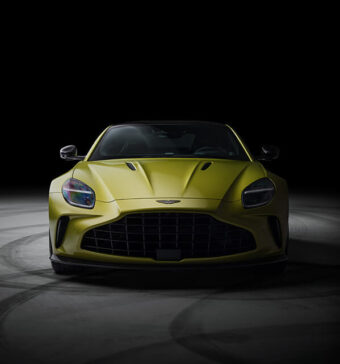Lake Como is an idyllic setting in northern Italy where the affluent have come for respite for centuries. It was absorbed into the Roman empire shortly after the Second Punic War when Italy was invaded by Hannibal, the Carthaginian general who famously crossed the Italian Alps with a contingent of war elephants.
As they marched towards the capital alongside Carthage’s army, these instruments of shock and awe shook the very foundation of Rome’s entire empire with every southward step.
Spared from the conqueror’s wrath, the Lake Como region remains a place that is almost otherworldly in its natural beauty. The surrounding hills tower over the lakes’s crisp, cool waters while vibrant villas from bygone eras bejewel the shoreline.
But I have come to disturb this ancient serenity. Today, I am Hannibal. And I too have brought a mighty beast.
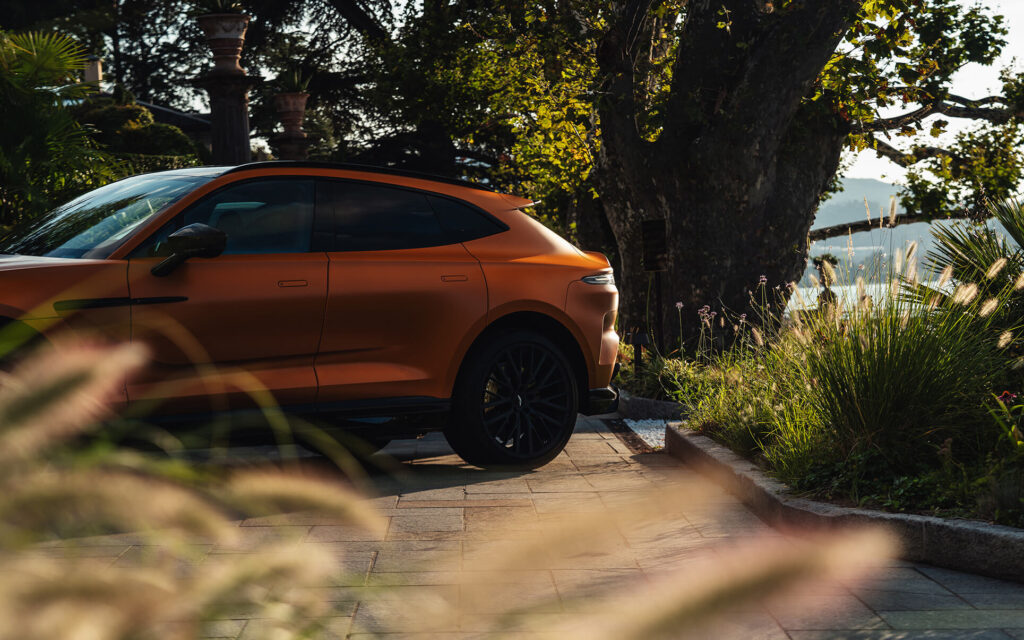
Aston Martin’s DBX707 is in the upper echelons of performance SUVs. Its no-compromise approach to power and handling while still accommodating both passengers and cargo is matched only by the aggressive elegance of its appearance. It bears the familiar Aston Martin facia and distinctive tail, crafted to suit the proportions of a fiveseater SUV. On the DBX, the enlarged Aston Martin touches are that much more intense, and the sporty utility vehicle looks poised to pounce at a moment’s notice. Here, on the windy narrow roads that the ‘cinquecento’ calls home, the DBX707 descends down the mountains like it’s about to eat them for lunch.
My campaign begins at the Bianca Relais, which sits beside the Lago di Annone, a picturesque sampling of what’s ahead. This lake resides near the eastern leg of Lake Como’s unique backwards lambda-shaped profile. After a customary welcome pizza, my DBX707 awaits.
The Satin Golden Saffron exterior of my Aston of choice blends in well with the surrounding architecture. Lush green mountain sides and dark stone foundations of longfaded fortresses contrast the pastel buildings that crowd the harbours like cakes in the window of a panetteria.
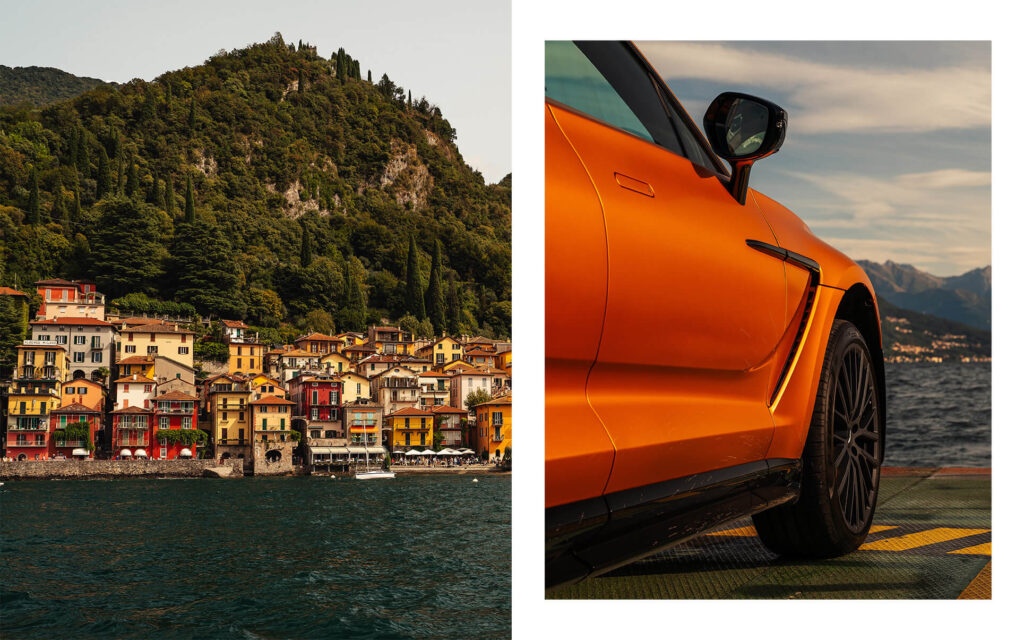
On the inside, the DBX707 is elegant but purposeful. Firm at first, I’ll come to welcome the driver seat’s bolstering as the undulating hills would toss anyone’s backside off-kilter if it were seated in something more plush. That’s not to say that the Aston Martin’s interior is all business. Surfaces that aren’t wrapped in leather are adorned in suede with wood and aluminium that surround a 12.3-inch infotainment screen while an additional 10-inch display sits behind the steering wheel.
Naturally, the true showcase of the DBX707 is the twin-turbo 4.0-litre V8 that churns beneath the bonnet. As its moniker implies, the DBX’s engine has been uprated to 707 PS or 697 horsepower, a substantial 155 horsepower upgrade from the ‘standard’ DBX. Hill climbs are a cinch with that much muscle sending power to all four wheels as needed.
Power that’s atypically easy to wield, due to the drive modes that dictate the Aston Martin’s behaviour. GT mode strikes a balance between performance and comfort, opening up the taps when needed and calmly cruising when not. The paths through the mountains east of the lake demand more of the vehicle’s acceleration than sustained straight-line speed, but the DBX707 accommodates with a twist of the dial into Sport and, for the brave, Sport +.
Each mode ups the throttle response and tightens both the steering and suspension dampers for maximum attack. Handy when the switchbacks are constantly keeping me busy by throwing variations at me like a flurry of a boxer’s punches. Sharp lefts, long rights, a sweeping arc when I’m lucky enough to get one, followed by hard drops as the DBX707 and I descend into the town of Varenna, where a ferry will waft us to our next destination. The car demands everyone’s attention when rolling into town, certainly by the wide-open exhaust valves if not by the Aston’s commanding stature.
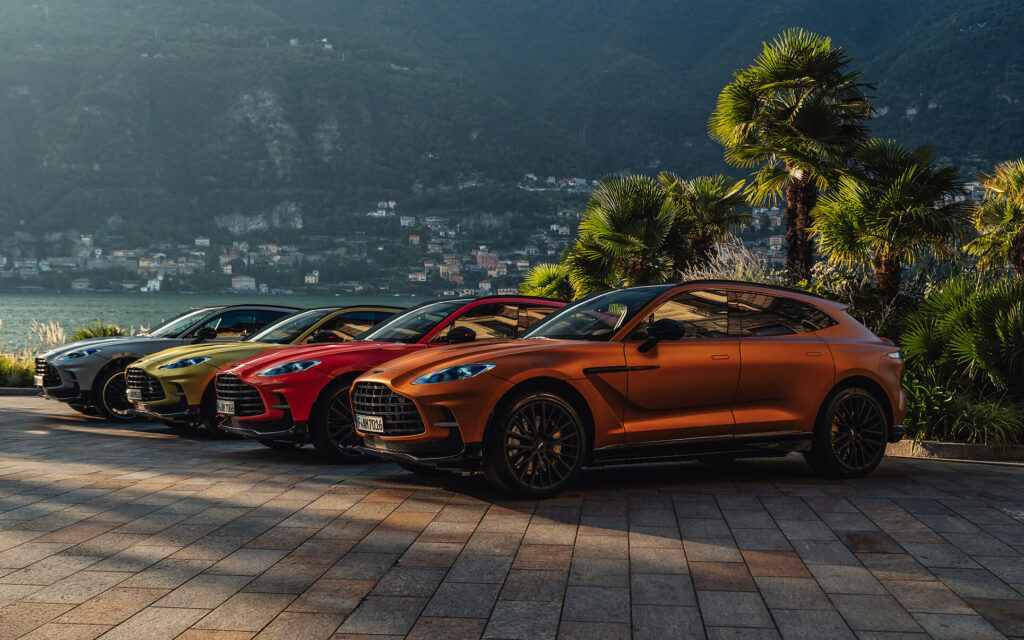
As me and my four-wheeled companion coast across the lake’s glistening surface, the majesty of it all comes together in one moment: the villas, the late-summer sun mixed with crisp air wafting through the mountains that cradle the lake, it all clicks. I now understand why Lake Como has been a must-visit place of solace for hundreds and hundreds of years. I almost feel bad for breaking the silence when it’s time to fire up the DBX707 one more time and disembark. Almost.
I’m eager to leave GT mode behind as much as possible as my journey south from Bellagio encounters a path across the central peninsula that appears on my navigation screen like the readings of a seismic chart. At a glance, the road is as wide as the DBX707 itself, and I feel more like Hannibal with his elephants than ever before. Up to this point, the DBX707 has been tackling everything thrown at it with the deftness of a sportscar half its size. It’s impossible to resist. Though wide, the DBX707 remains sure-footed and allows me to round every corner with increasing confidence. To their credit, the ceramic brakes remain equally reliable as they endure turn after turn, catching the sports SUV at the base of the needle-threading slalom.
We come to rest south of Torno, arriving at the ultra-exclusive Mandarin Oriental Lago di Como. Calling it a ‘hotel’ seems to not do it justice, like calling the DBX707 ‘a car’. Regardless, the Mandarin Oriental is a renovated 19th-century villa that was once described by Vogue as “the epitome of Italian opulence”, which is evident the second I’m waved through the gates by security. Acclaimed soprano Giudetta Pasta once called the villa home, before it became Casta Diva, which was a favourite escape for the late, great Ayrton Senna. As the DBX707 roars into the hotel’s glamorous reception, I like to think both would approve of the sonorous disruption.
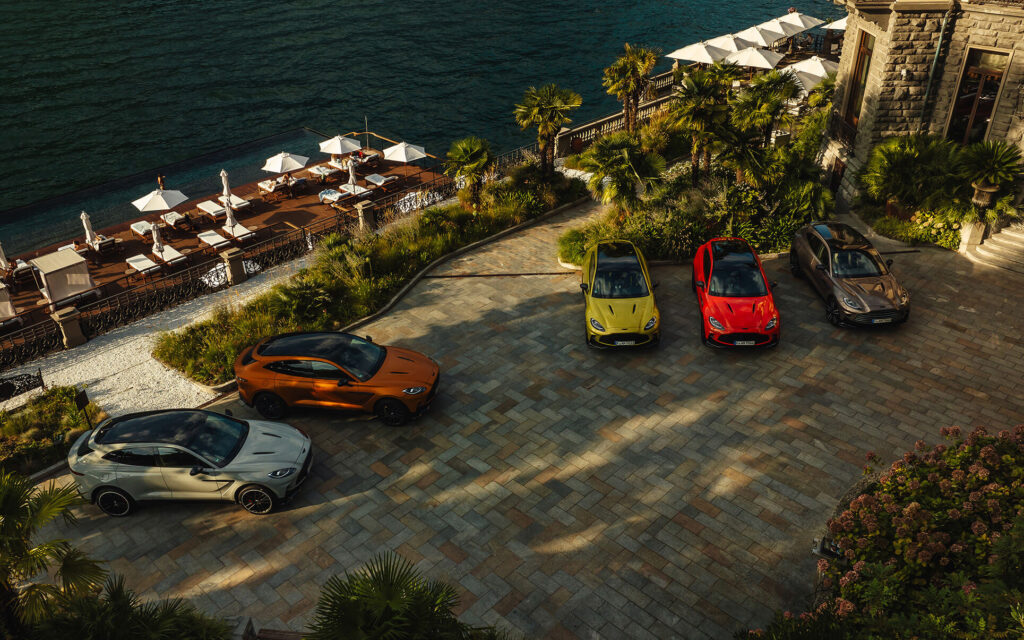
My journey with the mighty DBX707 reaches its end. I’m weary from the drive, but due to the relentless excitement rather than from wielding Aston Martin’s flagship SUV. For its part, the DBX707 looks ready to go back and do it all again. After a cappuccino, I just might do, but there’s no hurry. Rome wasn’t built in a day and all that.




